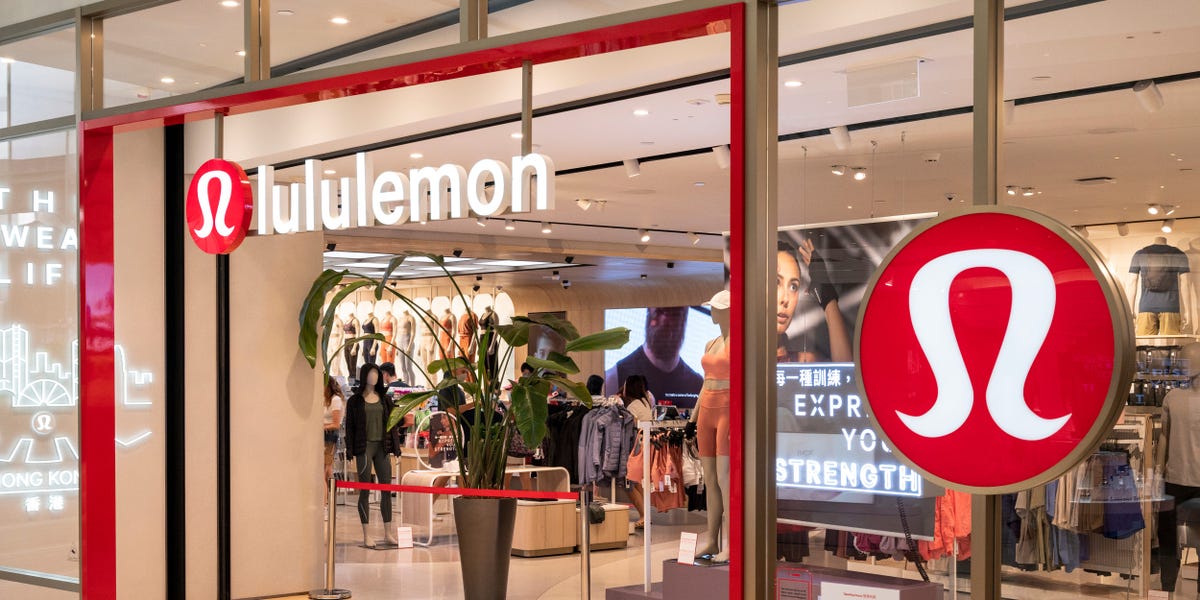Athleisure Giant Lululemon Confronts Creative Stagnation: CEO Signals Urgent Brand Reinvention

Lululemon Faces Styling Challenges as CEO Signals Inventory Misalignment
Lululemon's CEO Calvin McDonald has candidly addressed the company's recent merchandising struggles, revealing that their latest product lineup is not resonating with customers as expected. In a frank assessment, McDonald highlighted that certain product lines and color selections have failed to capture consumer interest, leading to slower sales and extended inventory shelf life.
The athletic apparel giant is experiencing a critical moment where its design strategy appears to be out of sync with customer preferences. Some product lines are lingering on shelves longer than anticipated, signaling a potential misread of market trends and consumer tastes.
This transparency from McDonald suggests Lululemon is actively acknowledging and working to address its current inventory and design challenges. The company is likely to pivot its approach, focusing on more targeted product development and color selections that better align with customer expectations.
As the athleisure market continues to evolve, Lululemon's ability to quickly adapt and respond to changing consumer preferences will be crucial in maintaining its competitive edge in the high-performance apparel sector.








